Tooth brush is a tool used in the upkeep of oral hygiene. The interdental purpose of a tooth brush is to keep teeth and gums clean and healthy. The tooth brush dates back to 3000 B.C, the ancient Egypt & Babylonia used a chew stick, a thin twig with a frayed end which is very different from what we are using today.
Types of tooth brush
Nowadays toothbrushes are available in different formats. Many prefer using a soft tooth brush since hard bristled toothbrush since hard bristled toothbrush can damage teeth 7 irritate gums and soft tissue around. However, when we move around, we are sometimes overwhelmed by the options available. In order to choose the best toothbrush for an individual, let us first understand the different types of it available in the market.
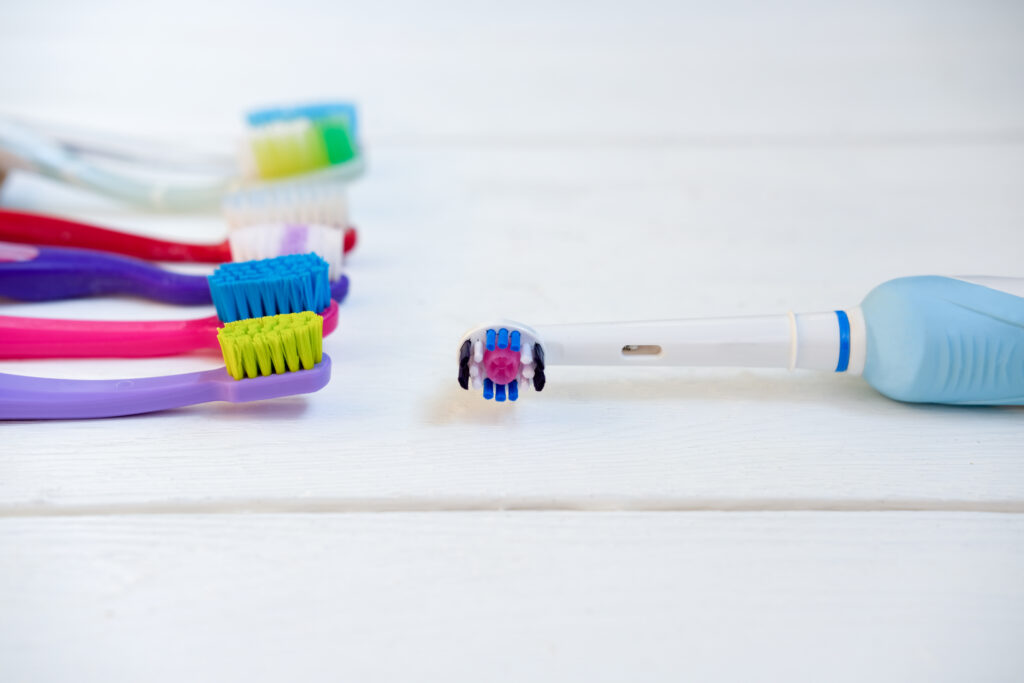
Manual toothbrush
The most common form we get to see in one hours. Depending on bristle hardness, head shape, bristle pattern and handle design there are different formats of manual tooth brushes.
Bristle hardness
Soft bristle are the ones which are usually chosen by most people but medium bristled are more appropriate as it clears away more plaque. Hard bristled may irritate gums and even wear away enamel if you brush too hard.
Shape of the head
Head of tooth brushes are conventionally rounded or squared off. But DIAMOND shaped toothbrushes tend to be better at reaching back & sides of all molars.

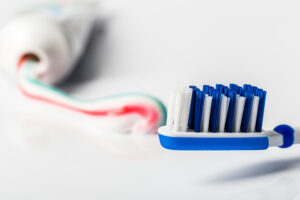
Bristle pattern
Common varieties include wavy, crisscross, tapered. Your choice should depend upon what makes you feel more comfortable.
Handle design
This include straight, contra angled, non- slip grip & flexible. The handle you choose should allow you to comfortably reach every tooth surface including back of molars.
Electric tooth brush
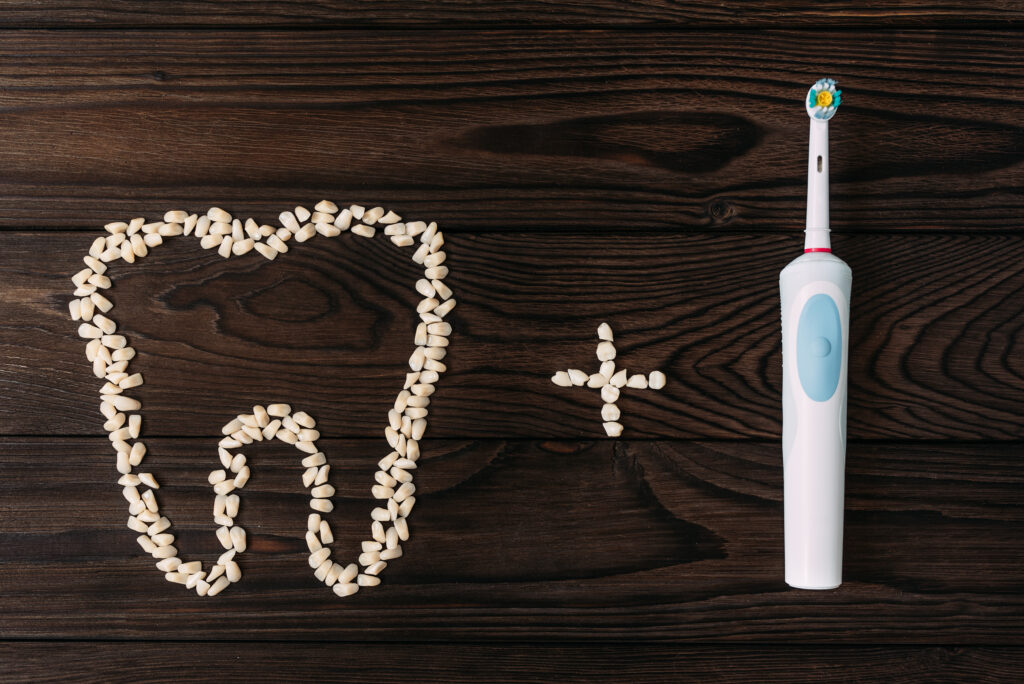
An electric toothbrush performs rotations of its bristles and cleans hard to reach all surfaces of your teeth. Though these are effortless when brushing they are a bit costlier. You simply have to press the button and let the toothbrush more effectively. It has been discovered that compared to manual toothbrushes, the multi-directional power brush might reduce the incidence of gingivitis & plaque.
Depending on speed
1. Standard
2. Sonic toothbrush
3.Ultrasonic toothbrush
Interdental brush
Also called as inter proximal brush. It is a small brush, typically disposable, used for cleaning between teeth & between the wires of braces in patients undergoing orthodontic treatment.
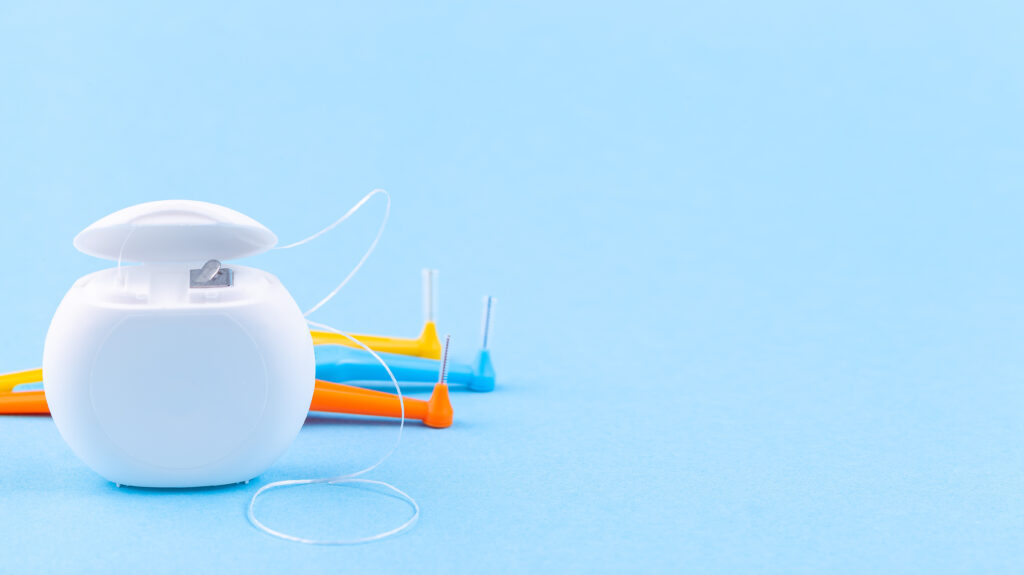
Time for brushing: 2-3 Minutes
Frequency: Twice a day (morning and night)
Motion: Vertical motion for adults and circular for kids.
Changing brush: Every 3 months or even early if it frays.
Age: As soon as teeth erupts in mouth.
Quantity of tooth paste: 0-3 years – grain of rice, 3+ years – pea size
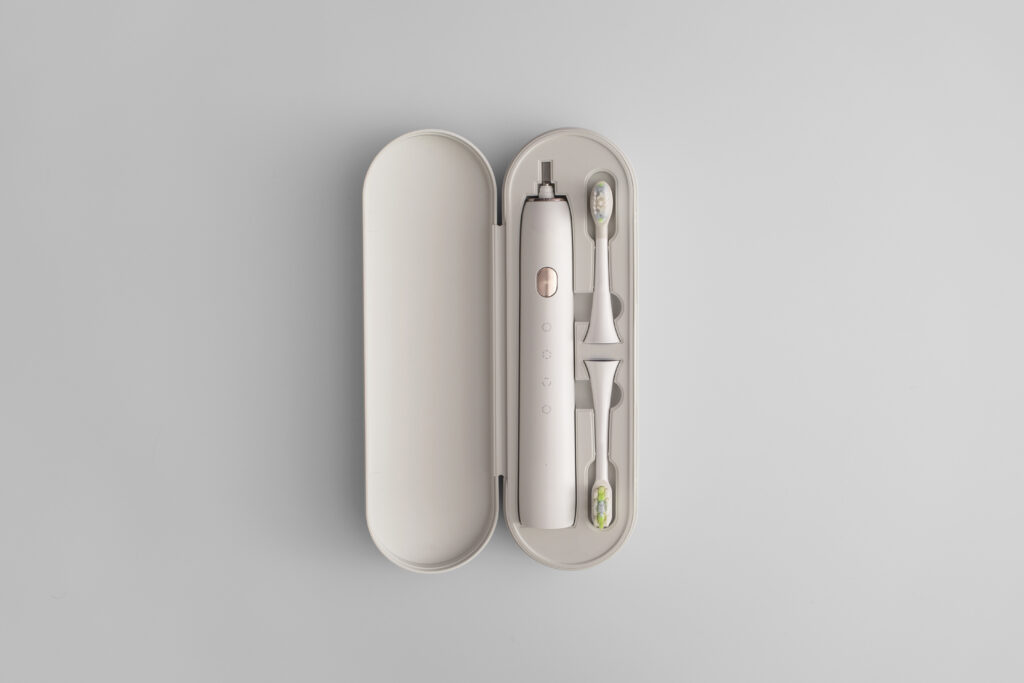
Storage and Cleaning
Brushing teeth is great, but failing to clean toothbrush afterward can cause problem. After you finish brushing, you should thoroughly wash your tooth brush in warm water to clean any food particles or tooth paste from the bristles. In addition to this, you can also soak your toothbrush in mouthwash for 10-15 minutes in order to thoroughly clean it. Let it dry and store it upright, not lying down, never in closed cabinet. Be sure that air can fully circulate around the bristles so that they do not retain any moisture which might harbor lots of gums and bacteria.


